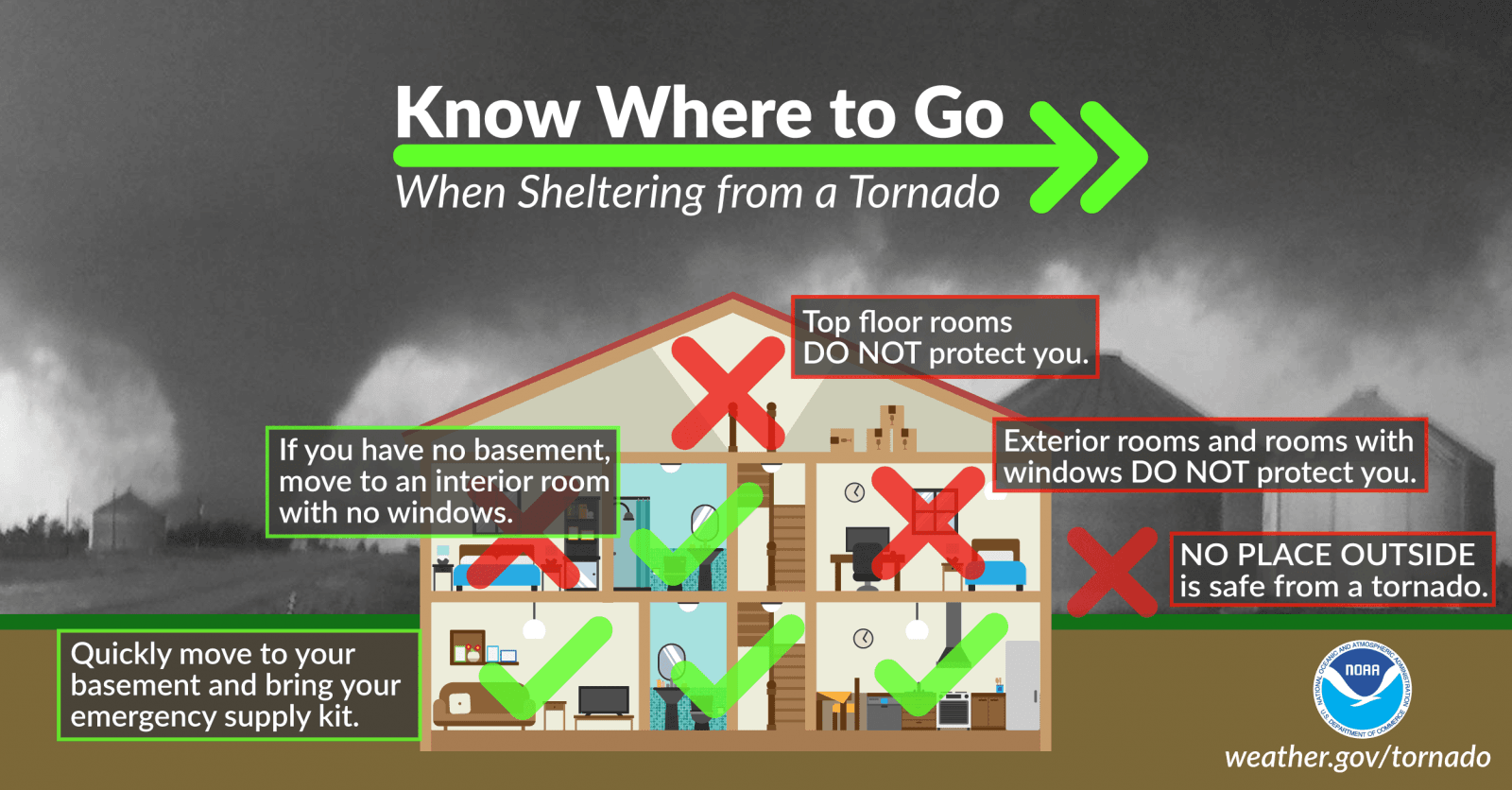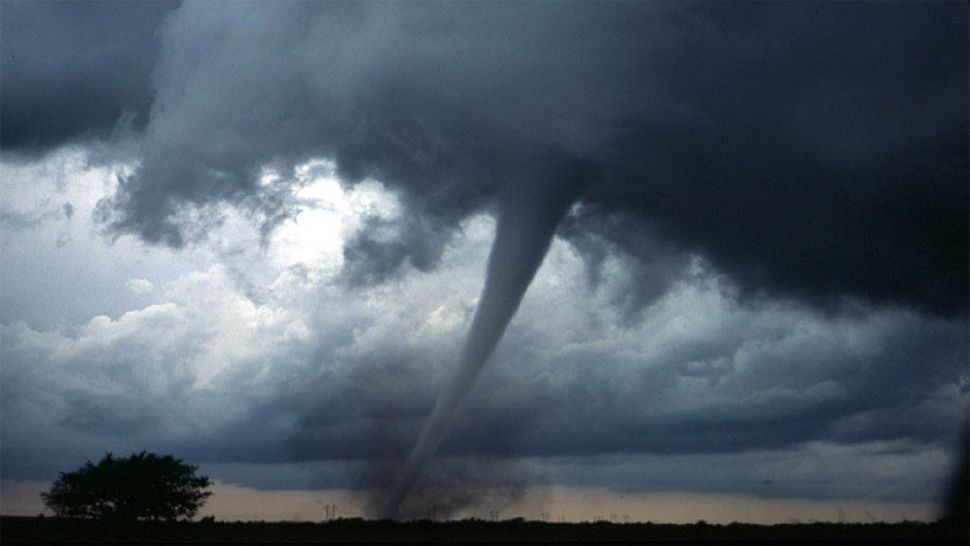It’s a common myth that big cities are typically spared from tornadoes, and that tornadoes usually touch down in rural areas.
In fact, if we look back in recent history, tornadoes and big cities are not an uncommon pair.
Orlando Tornado of 2020
Our first stop takes us to the very recent Orlando tornado that took place at the beginning of June.
Tornado Facts:
- Occurred on June 6, 2020
- Zero injuries
- Zero deaths
The tornado actually began as a waterspout over a lake before it moved on land which then turned it into a tornado. From there, it moved north and crossed another body of water before it moved back on land for the final time.
It is estimated to have traveled just over 5 miles reaching winds around 105 mph which would categorize this tornado as an EF1.
Most of the damage coming from this storm consisted of downed trees and power lines. Some of the trees toppled over onto people’s homes and vehicles. There were also reports of roofs being ripped off of homes and apartments.
Tornadoes are no stranger to the Orlando area as we have seen several hit the city just within the past couple of decades.
Nashville Tornado of 2020
Our next stop takes us to the beginning of the year when the Nashville tornado shook many people’s lives.
Tornado Facts:
- Occurred on March 3, 2020
- 220 injuries
- 5 fatalities
It all began when a cold front swept across the southeast from March 2, 2020 to March 3, 2020.
This cold front produced many supercells across the state of Tennessee, and with it, we saw 10 tornadoes touch down in the state.
The Nashville tornado touched down during the early morning hours on March 3 when many people were sleeping. It first developed to the west of the city and traveled east for over 60 miles, making it the second longest tornado in the state’s history.
The tornado was rated EF3 with winds topping out at 165 mph, and caused major damage across the city. The John Tune Airport in Nashville was reported to have over $90 million in damage, alone.
Dallas Tornado of 2019
Northern Texas is next on our list where a tornado outbreak occurred with one tornado touching down in the Dallas area.
Tornado Facts:
- Occurred on October 20, 2019
- Zero injuries
- Zero fatalities
The Dallas tornado occurred when a strong storm passed over the city during the evening hours on October 20, 2019.
The tornado first touched down in west Dallas County, Texas and moved east-northeast. It traveled for more than 15 miles and was reported to be about three quarters of a mile wide.
The tornado was rated EF3 with winds peaking at 140 mph.
The good news to come out of the severe weather event is that there were no injuries or fatalities, but the tornado did extensive damage to the city. It destroyed many people’s homes, took down large trees and power lines, and left hundreds of thousands of people without power.
The estimated cost of damage from the tornado comes in at $1.55 billion, making it the costliest tornado event in Texas history.
New Orleans Tornado of 2017
Our next stop takes us to the Crescent City where a large tornado ripped through the city causing major devastation.
Tornado Facts:
- Occurred on February 7, 2017
- 33 injuries
- Zero fatalities
The tornado stemmed from a line of strong storms that was racing across the eastern United States.
It first touched down in the northeastern part of the city and moved northeastward where it quickly strengthened and traveled over 10 miles.
The tornado was reported to be a multi-vortex tornado for several touch downs across the city were recorded.
It reached its peak with winds at 150 mph giving it an EF3 rating.
Over 600 homes were severely damaged. More than half of those homes were completely destroyed, and many businesses were also damaged throughout the event.
The tornado became the strongest tornado to strike New Orleans in recorded history.
Atlanta Tornado of 2008
Next, we head east where, during a severe weather event, a tornado was produced and swept through downtown Atlanta.
Tornado Facts:
- Occurred on March 14, 2008
- 32 injuries
- 1 fatality
An isolated supercell developed northwest of the city of Atlanta and moved southeast. The storm intensified as it moved over the city and produced a tornado.
The tornado traveled for six miles and caused significant damage. It was rated EF2 with winds topping out at 130 mph.
Many major buildings such as the CNN Center and Georgia World Congress Center were severely damaged. The Georgia Dome, where a college basketball game was happening at the time, also saw extensive damage. Luckily, there were no major injuries.
Debris from buildings covered numerous streets throughout the city, making travel impossible, and many homes around the city were also destroyed.
Stay Weather Prepared

Our look back in recent history shows us that tornadoes can strike anywhere and at any time.
Remember to always have a plan in place for severe weather. It’s best to be well prepared before the severe weather strikes.




